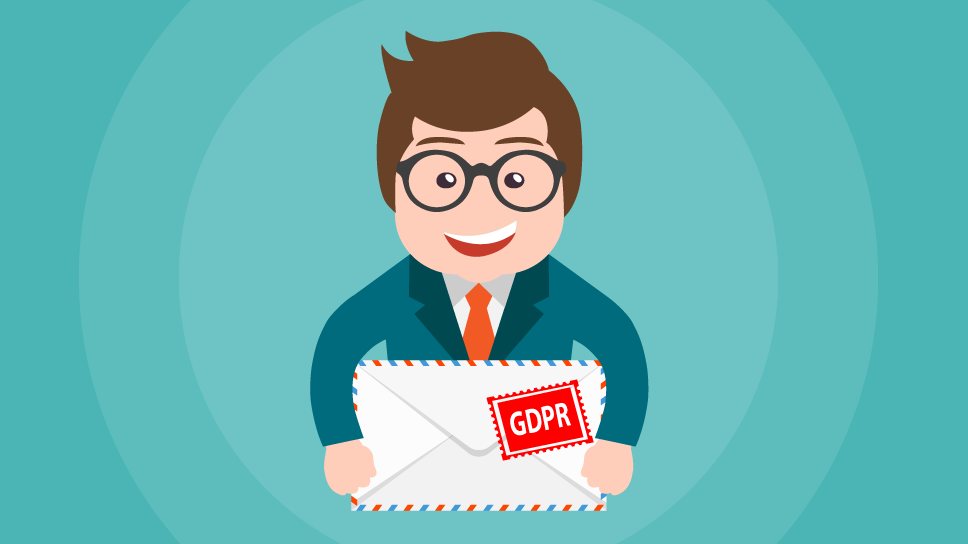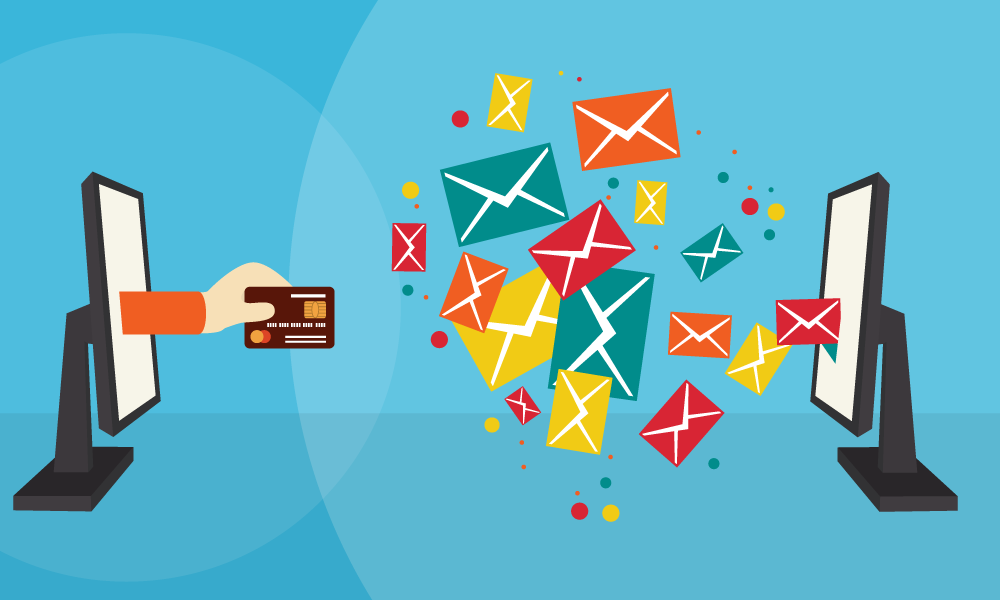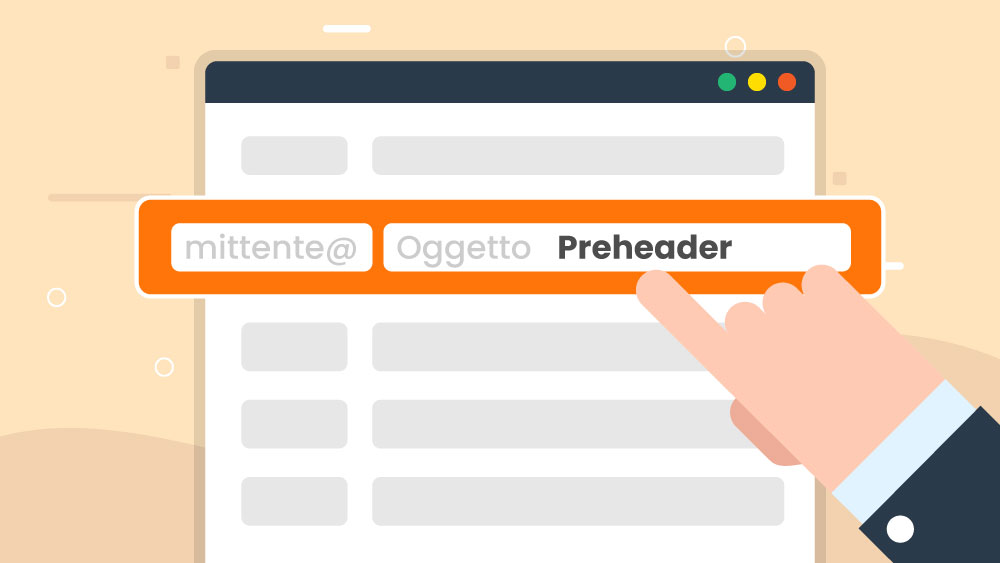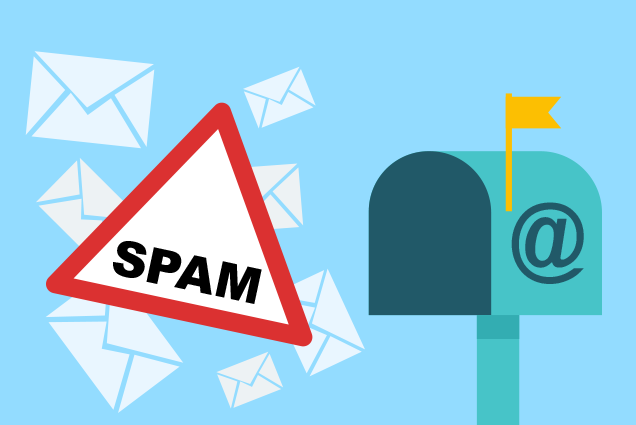You may have wondered how to adapt your email marketing with the European regulation on privacy protection.
The application of GDPR (General Data Protection Regulation) is mandatory for all emails sent to and within the European Union. There are no exceptions, and the fines for infringement are very, very high.
Exactly what emails are we talking about? All marketing messages sent using personal information acquired by the sender. That information includes the user’s email address.
To collect that information and to legitimately send emails, you must receive the unambiguous authorization of the recipient.
What is the GDPR For?
The GDPR was created to protect citizens from the uncontrolled use of their personal data online.
Adopting the right view to the GDPR will allow you to improve trust with your customers and avoid the kind of frequent mistakes that can compromise the work of weeks.
Sending your newsletters to an audience that has given their clear consent to receive them will minimize spam reports and will preserve the reputation of your IP address, which is invaluable. Furthermore, emails with interesting content can generate profitable word of mouth.
Since the collection of personal information on the Internet is now a regular and integral aspect of online life, the GDPR establishes the areas and limits for the collection, storage, and use of this data.
How to Comply with the GDPR
A list of real contacts made up of data obtained with the informed consent of users is vital for the growth of your business. What you will gain will be a list of contacts that trust your brand and are happy to receive your emails.
The key conditions that will keep you in full compliance with the GDPR are:
- The consent to use the personal data (especially the email address) must be given freely, and be specific, informed and unambiguous;
- The request for consent to send emails must be clearly discernible and presented in a transparent and understandable language;
- Relevant parties may revoke their consent whenever they wish, and the sender must comply with the request;
- Documentary evidence of the consent must be kept.
The first two conditions and the fourth can be met with a user registration form. Find out how Emailchef lets you create that form in a simple and intuitive way. The third condition can be satisfied by including a link within the email allowing users to unsubscribe and no longer receive your messages.
Do you know how to convince users to give their consent? Our experienced team is always available to help you.
What do Your GDPR Customers Know?
Did you know? According to a survey carried out by Brussels and published in June 2019, citizens are aware of the GDPR’s most important features.
People know about the the right to access their data (65%). They know about the right to correct that data if it’s wrong (61%). They know they have the right to oppose the receipt of direct marketing (59%). And they know they have the right to ask for their data to be deleted (57%).
These percentages explain the importance of building your lists with consent (and not through purchase) to gain and hold your audience’s trust.








